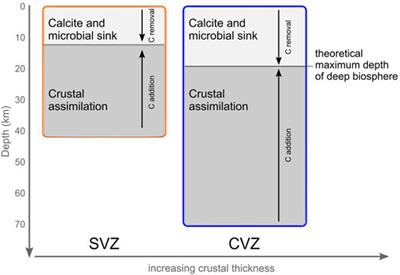EDITORIAL
Published on 17 Jan 2023
Editorial: Volcanism in the Central Volcanic Zone of the Andes
doi 10.3389/feart.2023.1130976
- 643 views
5,540
Total downloads
34k
Total views and downloads
EDITORIAL
Published on 17 Jan 2023
ORIGINAL RESEARCH
Published on 13 Jan 2023
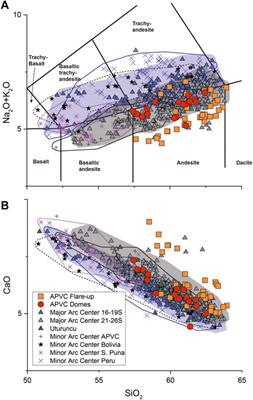
ORIGINAL RESEARCH
Published on 03 Oct 2022
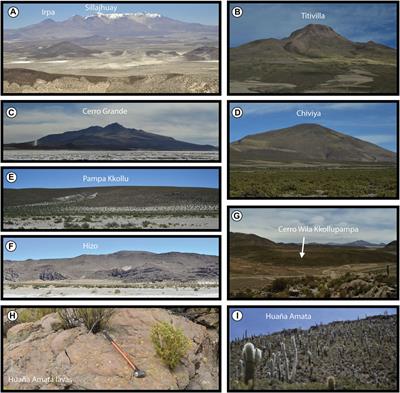
ORIGINAL RESEARCH
Published on 28 Sep 2022
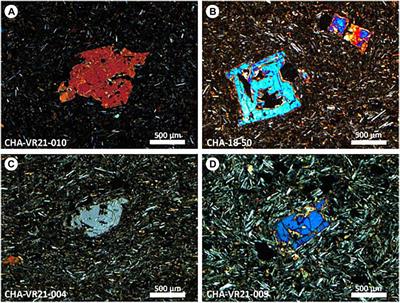
ORIGINAL RESEARCH
Published on 22 Aug 2022
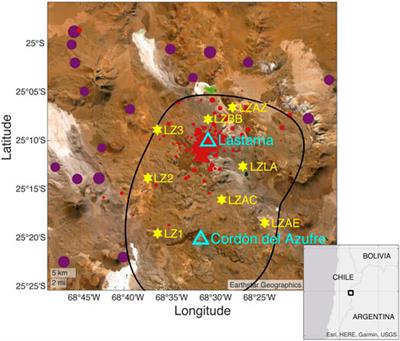
ORIGINAL RESEARCH
Published on 19 Aug 2022

ORIGINAL RESEARCH
Published on 22 Jul 2022
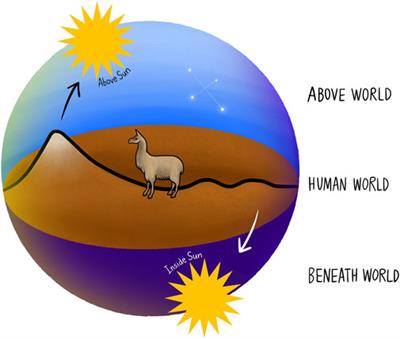
ORIGINAL RESEARCH
Published on 05 Jul 2022

ORIGINAL RESEARCH
Published on 27 Jun 2022
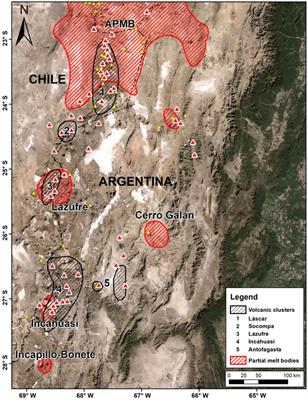
ORIGINAL RESEARCH
Published on 13 Jun 2022
